Conservation in Focus
Within the 20 agronomic research projects funded by the Illinois Soybean Checkoff in 2026, one priority continues to stand out: conservation.
Understanding Inconsistent Performance of Glufosinate for Waterhemp Control
Dr. Patrick Tranel shares how environmental factors impact glufosinate performance, including when and how to apply it for the best results.
Soil Health Sounds Great—But Is It Paying Yet?
Watch the full recording and hear presenters break down two years of replicated trial results from across Illinois—revealing how today’s conservation practices are truly performing in the field.
Summer 2025 Update: SCN Testing Results Show Varying Levels Across Illinois
Summer sampling from the ISA checkoff-funded SCN testing program highlights varying nematode levels across Illinois and continued statewide monitoring efforts.
Red Crown Rot: The Soybean Disease That Keeps Raising Questions
Red crown rot continues to challenge farmers and researchers alike—tune in to Field Advisor as experts share the latest developments on this complex soybean disease.
Soybean Invertebrate Loss Estimates from the United States — 2024
Soybean pests continue to take a serious bite out of yields and profits — see which insects and slugs cost U.S. farmers over $843 million in 2024 and where they caused the most damage.
Soybean Cyst Nematode: How Much Yield Are You Leaving in the Field?
Behind every disappointing soybean yield might lurk SCN — tune in as top pathologists and agronomists unpack the latest science and strategy to control it.
Farmers Drive Checkoff-Funded Research for 2025-2026
From battling weeds and disease to boosting soil health and profitability, see where your Illinois Soybean Checkoff dollars are fueling the next wave of farmer-focused research.
Is Your Soil Breathing? What CO2 Can Tell Us About Soil Health
Early data from multi-year trials suggests that soil respiration may respond more to timing, region, and crop rotation than to tillage or cover crops.
Soybean Genomics: What’s Next?
Stephanie Porter highlights how breakthroughs in soybean genomics may help farmers boost profitability, tackle pests, and adapt to changing conditions.


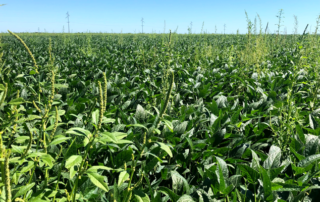

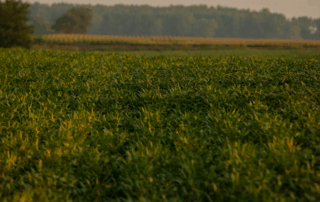
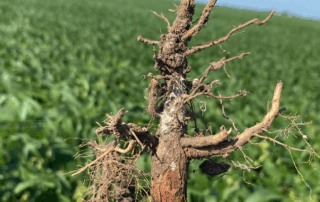
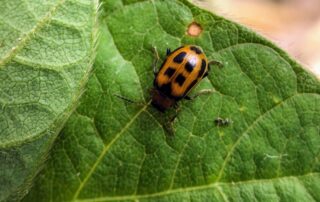
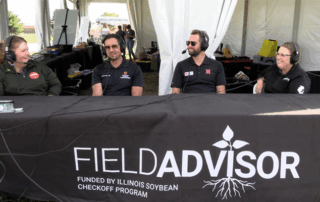

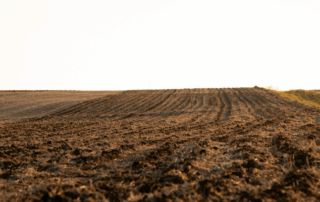


 and then
and then